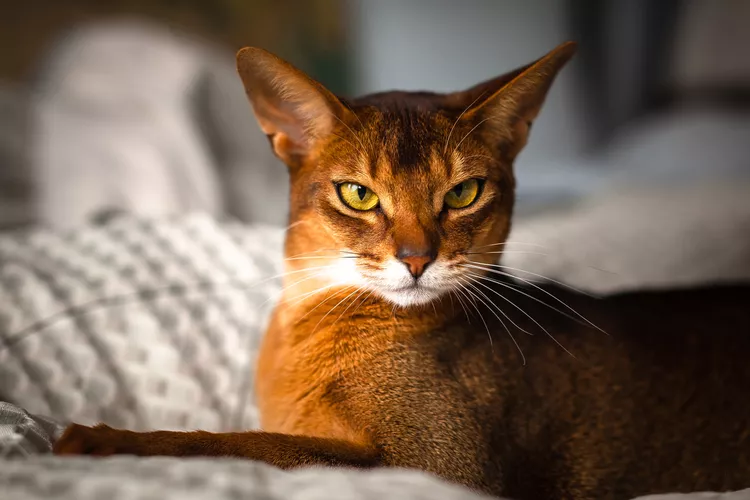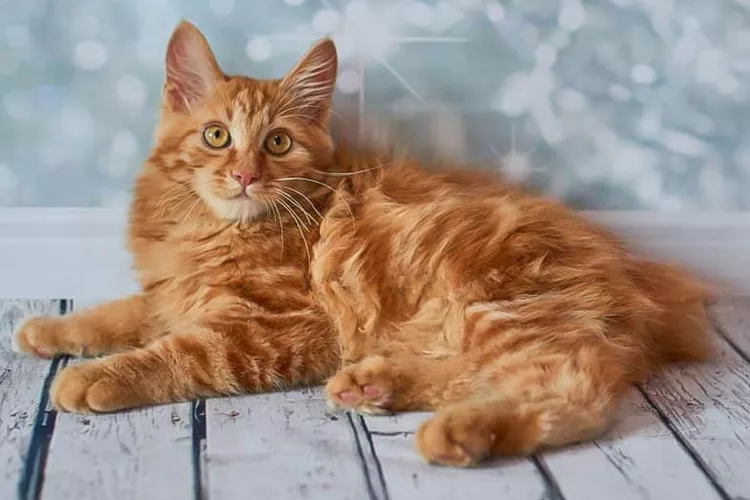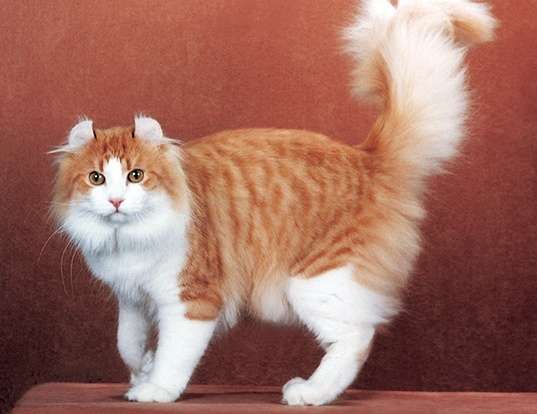
Description
Size: 6-10 lbs.
The Japanese Bobtail cat has both long and short fur. Males are bigger than females. They are tall, lean cats with powerful muscles that enable them to make large leaps. The tall ears on top of their equilateral triangle-shaped skull are erect and leaning slightly forward. One can see the cheekbones. The eyes are spherical when seen from the front, but slanted when seen from the side. The nose slopes slightly.
Despite having longer back legs than front legs, they stand upright. The naturally existing short, kinked tail is as distinct as a fingerprint. The coat of a Japanese Bobtail is thin, smooth, and has little undercoat. Shorthair Bobtails have short coats, whilst Longhair Bobtails have fur that is longer than Shorthairs but only medium in length. On long-haired cats, the length of the hair is more apparent on the belly, tail, and back of the legs, where hairs create britches around the neck.
Behavior
Activity Level: Active
Social needs:
This breed is suitable for families. They make good pets for children because of their affectionate nature. They like interacting with people and conversing in a song-like tone with soft meows and chirp sounds. They are best suited to living in an active household with other pets. They dislike being left alone at home and are usually the leader of the family pets. Bobtails are a very loyal breed that makes excellent companions.
Origin/History
One theory suggests that short-tailed cats came to Japan from Asia at least a thousand years ago. To battle rodents that threatened the nation’s silkworm population and related industries in 1602, Japanese officials ordered that all cats must be released. Bobtailed cats were compelled to live on fields and on the streets because it was illegal to buy and sell cats at the time. Japanese Bobtails acquired the nickname “street/farm cats” as a consequence.
The Japanese bobcat is a native species of Japan and Southeast Asia. According to the CFA, this ancient breed has been recorded in Japan as early as the 6th century and has been featured in art throughout the ages. The bobtail is depicted as a beloved and revered animal in antique wood cuttings and paintings displayed in Japanese temples.
Care as a Pet

Exercise
Like other cats, Japanese bobtails thrive in a setting where there is regular human interaction. They don’t require a lot of energy or exercise, although they do enjoy activities like fetch and can learn a lot of tricks. Of course, kitties also adore snoozing on a warm lap for a cat nap.
Nutrition and Diet
Japanese bobtails don’t need any particular feeding plans or diets. However, they do require high-quality cat food and a diet that is well-balanced. It’s critical to avoid overfeeding or giving your cat too many goodies, which are two of the biggest enemies of cats.
Grooming needs
Japanese bobtails don’t have an undercoat, which makes their silky, smooth hair simple to groom. A weekly brushing will assist in eliminating loose hair and increasing circulation and shine.
Table





